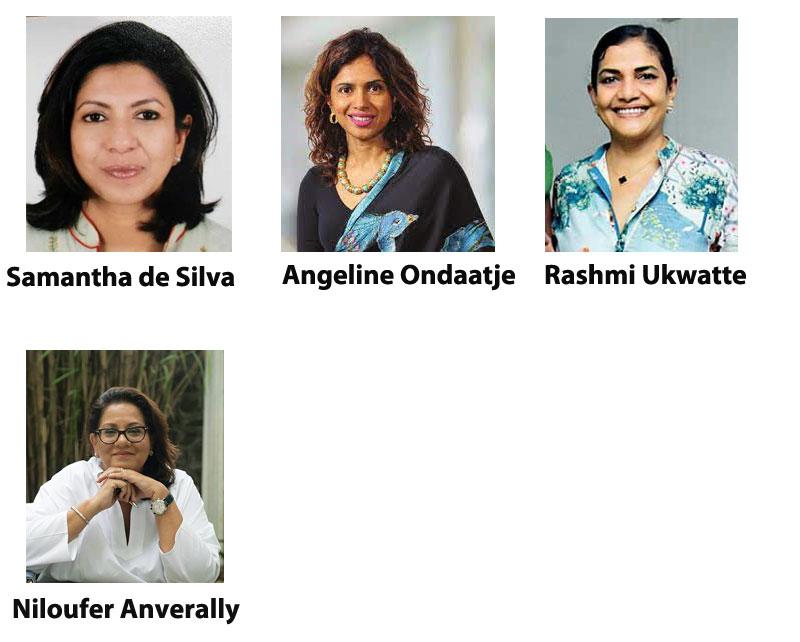Reply To:
Name - Reply Comment
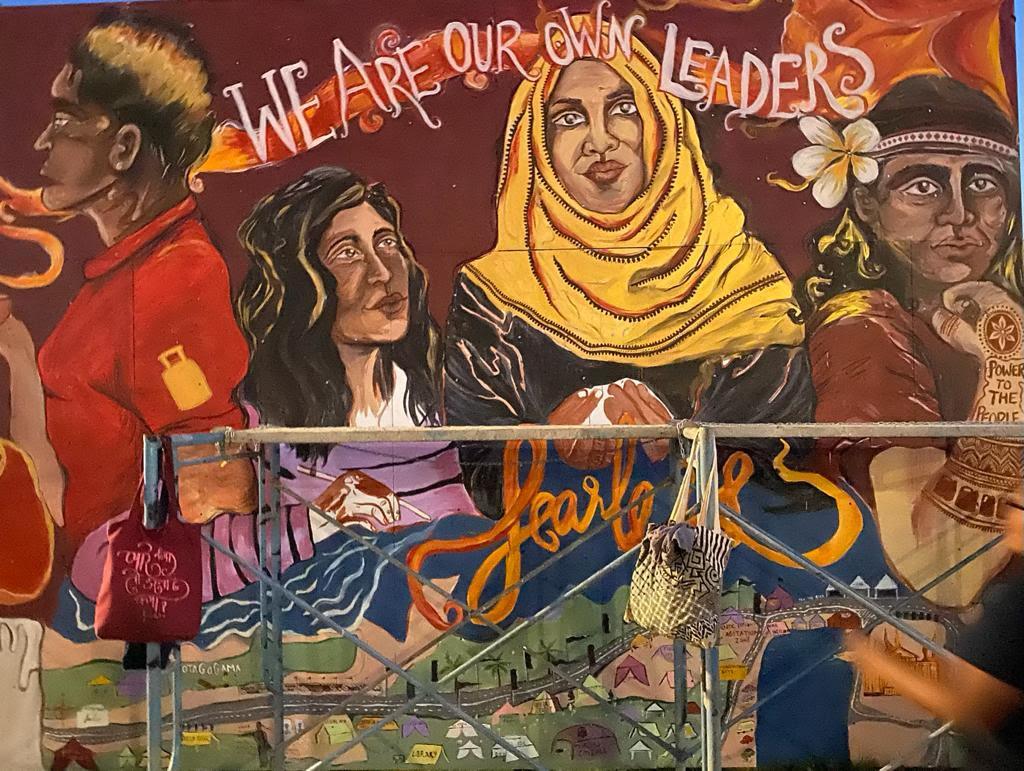
Within weeks, the Aragalaya, the Sri Lankan youth-led protest movement, which began in early April this year, came to be seen as a symbol of unity and creativity, a siren call for political transformation. The people demanded accountability, honesty and transparency from their elected leaders. For the first time in living memory a protest movement represented all segments of Sri Lankan society; they came from all ethnic groups and all walks of life. In a country deeply divided along ethno-religious lines, multiple inter-faith events were held in support of the cause.
For the first time perhaps Sri Lankans witnessed religion as it should be, a unifier and not a divider of people.
GotaGoGama, the Aragalaya protest hub at Galle Face became a hive of activity 24 hours a day. Sri Lankans from all parts of the country and from overseas visited the site to show solidarity and to partake in the festivities as the call for political change resonated throughout the country.
Dancers, poets, singers, actors and artists joined the protests using their art as a tool to convey the emotions of people. Upekha Chitrasena one of the most renowned Sri Lankan dancers, danced on the streets in support of the Aragalaya.
The Samathai Drummers for Justice who came all the way from Batticaloa performed with their parais. The Soul Sounds Choir joined thousands in an open-air rendition of “Do you hear the people sing” from Les Misérables.
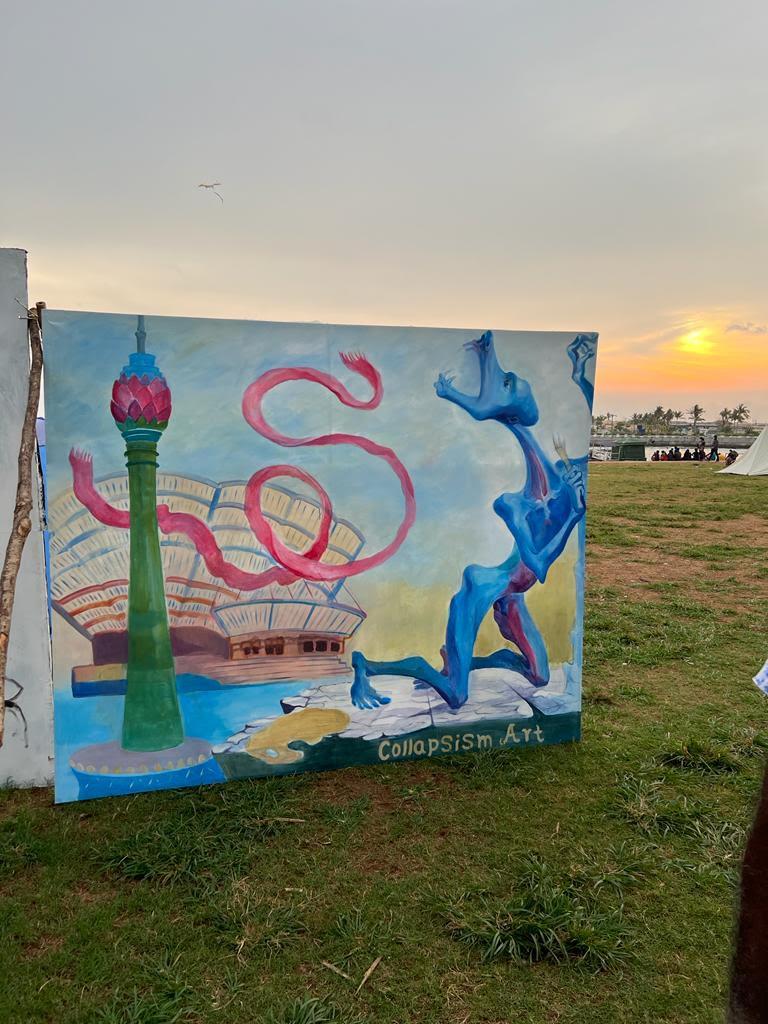 “We brought in the art factor to the people’s struggle, introducing a new cultural dimension,” a local Film Director stated. The Tear-Gas Cinema theatre at GotaGoGama screened internationally recognized movies and documentaries followed by discussions and debate.
“We brought in the art factor to the people’s struggle, introducing a new cultural dimension,” a local Film Director stated. The Tear-Gas Cinema theatre at GotaGoGama screened internationally recognized movies and documentaries followed by discussions and debate.
GotaGoGama hosted a library, an art exhibition, musical shows, and functioned as a place of learning. A place where diversity was celebrated and became a source of inspiration. It enriched the experience of all those who visited.
In a short space of three months, a largely peaceful protest brought political change that the country never imagined possible, the resignation of the entire cabinet of Ministers, the Prime Minister and eventually the President.
Organized mainly through WhatsApp and posts on social media the Aragalaya movement was hailed not just in Sri Lanka but in multiple countries.
Hiran Abeysekera dedicated his Laurence Olivier Best Actor Award for his role in Life of Pi, to the struggle and to Sri Lanka. Social media across the globe blew up with signs in support of the young Sri Lankans and what they had been able to achieve.
“Sri Lanka is not in crisis, Sri Lankan protests are supposed to happen when you have corrupt governments,” said an American TikToker, “Mad Respect” tweeted another. “The youth of Sri Lanka have set an example,” a South African social media personality noted.
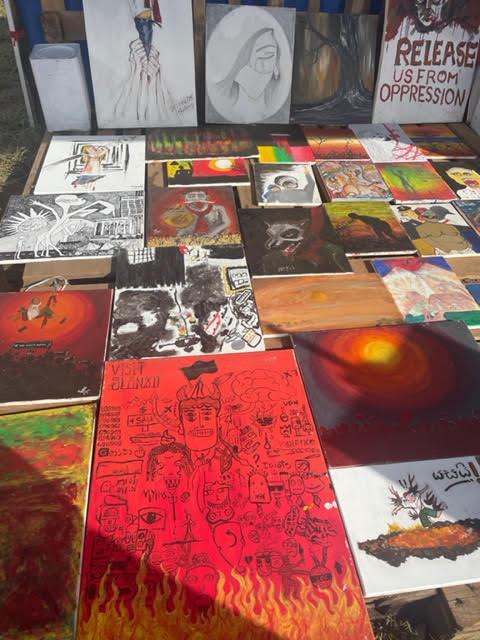 “Them boys in Sri Lanka, they are for real!” an African sports star asserted. “GO Sri Lankaaaa,” a Bangladeshi exclaimed.
“Them boys in Sri Lanka, they are for real!” an African sports star asserted. “GO Sri Lankaaaa,” a Bangladeshi exclaimed.
“Sri Lanka allows protests, the iron fist doesn’t,” claimed a youth from Russia on social media. “You messed with the wrong generation!” one of the rallying cries of the Sri Lankan protest was taken up by many other countries’ youth in support.
Protest art has acted as an important tool to raise awareness and form social consciousness throughout history; it has the ability to inspire generations.
Guernica, Pablo Picasso’s 1937 oil painting is regarded as one of the most powerful anti-war paintings in history. O’Joquo Bonito, the beautiful game, created by the Brazilian street artist Paulo Ito depicts a crying boy with nothing to eat on his plate but a football, and captures the mood of a nation aghast at the amount of money spent on the FIFA football games.
Ai WeiWei, a Chinese contemporary artist describes his art projects as his personal rebellion against authorities that disregard the freedoms of the citizens they claim to protect. A recent New York Metropolitan Museum of Art exhibition investigated the role art has played in revolutions, protests, and social activist movements from the eighteenth century to the present. It also questioned why protest art is often not considered “art” by the literati.
It was saddening but also inspiring to watch Sri Lankan artist Sujith Ratnayake create art from the ashes of his work that had been burned the day before.
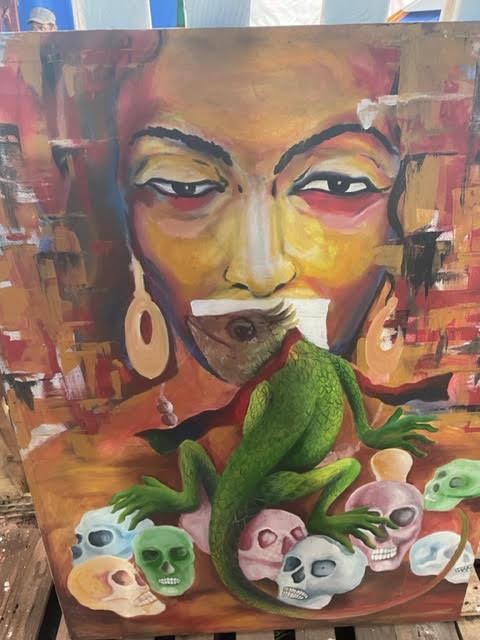 And through his creativity continue to challenge the system. Indeed looking back, the Aragalaya may have been one of the most momentous and defining events in our history.
And through his creativity continue to challenge the system. Indeed looking back, the Aragalaya may have been one of the most momentous and defining events in our history.
Something for all Sri Lankans to be proud of, and its memory to be preserved for generations to come. And yet, we must ask what remains?
Not just metaphorically but also rhetorically, what is left of the art, the music, the dance, the books? Where did it go?
Why didn’t we, as citizens, insist on the events being captured and preserved by our museums, our art galleries and our cinemas?
Why didn’t our leaders believe that this would have been an inspiring local and foreign tourist attraction?
Why were we in such a hurry to “clear the site” that had inspired thousands, burn the art, break down the library and cart it away in garbage trucks? Why was GotaGoGama treated as if it was something to be ashamed of, even though most Sri Lankans had never been prouder?
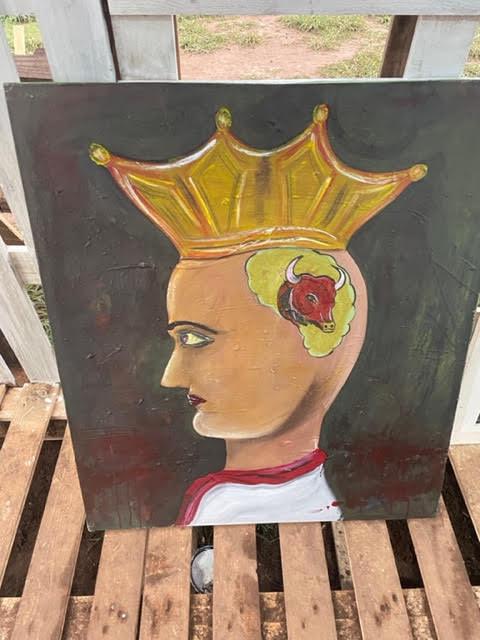 The expression of peaceful dissent using art, sculpture, music, dance and parades is what made this movement distinctive and drew many of us to Galle Face, and why it was sustained for over 100 days. We need to preserve it as a demonstration of the best of our Sri Lankan spirit in the worst of times.
The expression of peaceful dissent using art, sculpture, music, dance and parades is what made this movement distinctive and drew many of us to Galle Face, and why it was sustained for over 100 days. We need to preserve it as a demonstration of the best of our Sri Lankan spirit in the worst of times.
We, a group of private citizens, call on the government, private citizens, the corporate sector, and the Museum of Modern and Contemporary Art, to protect and preserve what is left of the art inspired by this significant movement in Sri Lankan history, if not for us,
then for future generations; for posterity.
Photo Credit: Angeline Ondaatje
By: Samantha de Silva, Angeline Ondaatje, Niloufer Esufally-Anverally and Rashmi Ukwatte.
